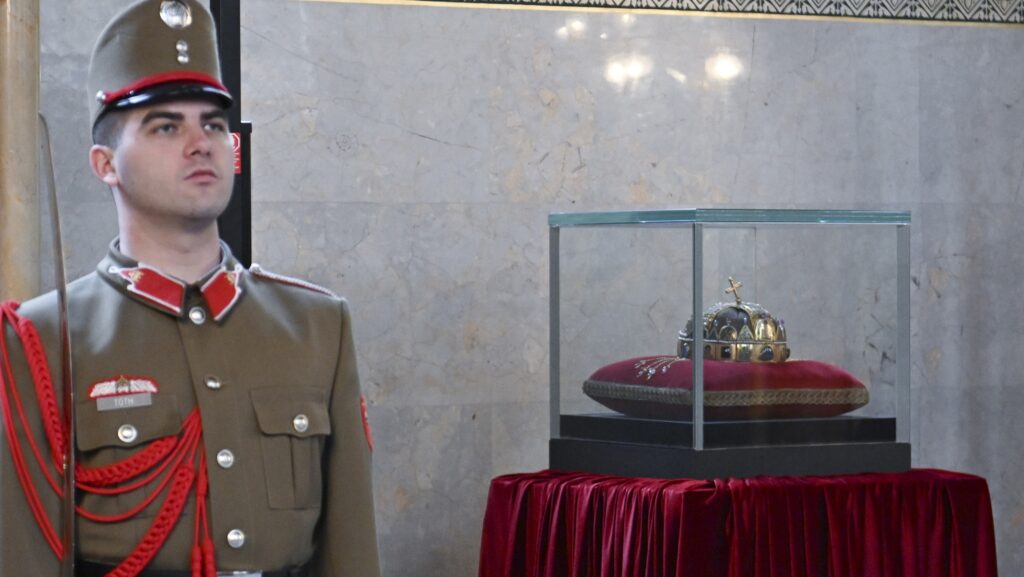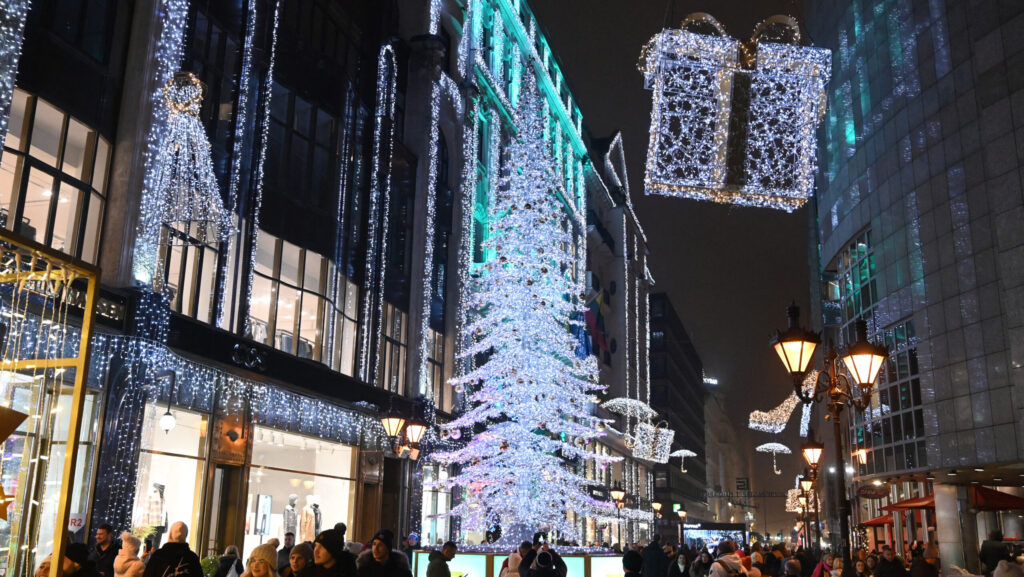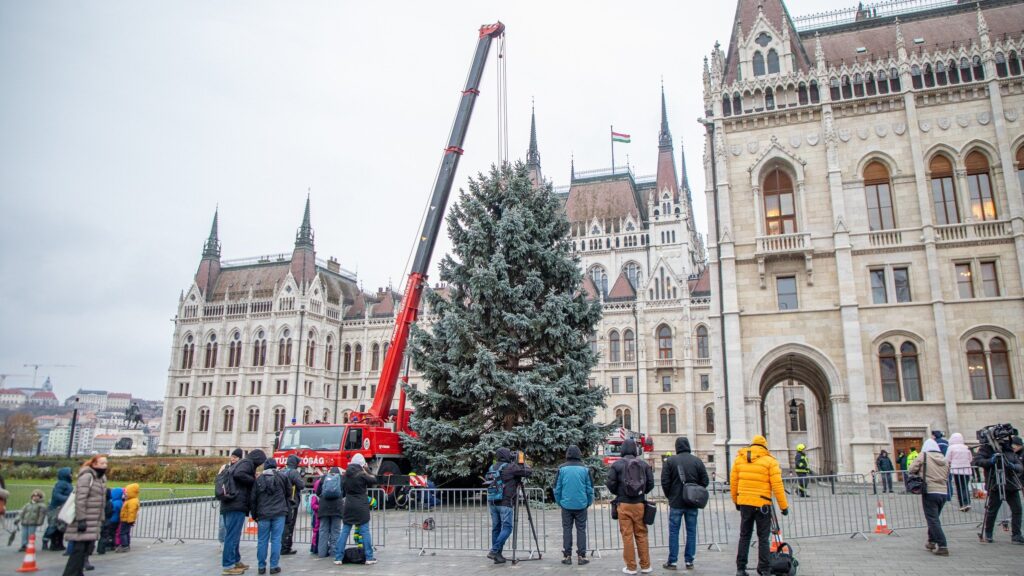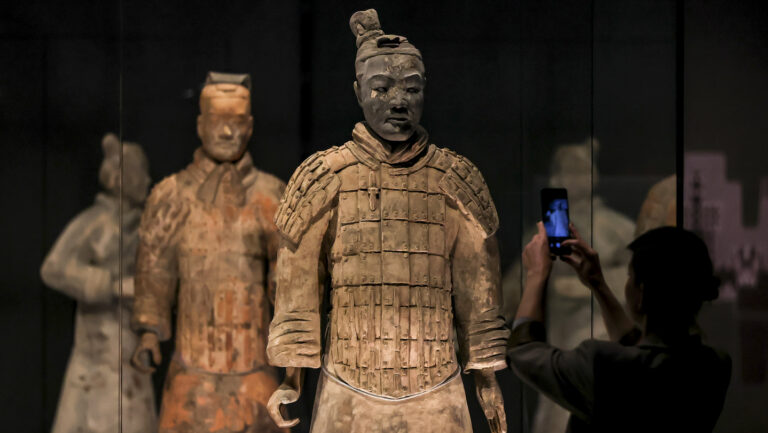At this year’s Perbenyik (Pribeník) St Stephen Days, one of the festival’s most captivating moments was the sound of the táltos (Hungarian shaman) drum echoing across the Upland. While the drum has deep roots in Hungarian tribal tradition, and its spiritual interpretations—such as linking communities to the rhythm of nature or inducing trance states—reflect cultural beliefs, it nonetheless remains a powerful symbol of Hungarian heritage and historical identity.
Tribal Traditions and Pre-Christian Beliefs
Before the Hungarian Conquest, life in the Carpathian Basin was shaped by relations between tribes. Tribal communities, including the Megyer, Nyék, Kér, Keszi, Kürtgyarmat, Tarján and Jenő, both competed and allied with one another, strengthening identity through unique rituals, symbols and belief systems. Their religious practices emphasized reverence for nature, animals and celestial phenomena, with the figure of the táltos playing a prominent cultural role.
During the Conquest, the Nyék and Keszi tribes were historically associated with regions that today correspond to Bodrogköz and Zemplén. Archaeological evidence suggests that the Nyék settled along the Bodrog River, while the Keszi were present in Bodrogköz, Zemplén, and possibly the Hernád Valley. The Megyer and Kürtgyarmat tribes were generally concentrated in the Hernád and Tisza valleys but did not dominate eastern Upper Hungary as extensively. These settlement patterns are based on historical and archaeological reconstructions, which can vary across sources. The Conquest was a gradual process, with tribes adapting to local conditions, river valleys, and natural boundaries over several decades. Traces of their customs persist today in local culture, settlement names, folk practices, and festive traditions.
Christianization and the Reign of King Stephen I
The arrival of Christianity gradually transformed life in the Carpathian Basin. King Stephen I in the early 11th century aligned Hungary with Western Christianity, organized the church, and established bishoprics. His reign marked the beginning of a gradual suppression of pagan practices, though many traditions persisted in some regions for decades. This process integrated Hungary both politically and religiously into the European Christian community.
‘The arrival of Christianity gradually transformed life in the Carpathian Basin’
Today, in Reformed communities, the state foundation day on 20 August and the new bread festival often coincide with the Holy Communion ceremony, or úrvacsora, during which the Lord’s Table is prepared in honour of the new bread. In Perbenyik, St Stephen’s Day was previously celebrated on the weekend before 20 August. However, in other settlements in Upper Hungary, Reformed traditions have led to the celebration being held on the weekend after 20 August, allowing for broader participation.
The Perbenyik St Stephen Days
The three-day festival offers programmes for all ages: concerts, dance performances, craft workshops, children’s activities and folk games. The St Crown Balloon, symbolizing Hungarian continuity and the unity of the Carpathian Basin, remains one of the festival’s highlights. Local communities, especially students of the Perbenyik school, actively participate in organizing the event, allowing young people to experience and preserve Hungarian traditions firsthand.
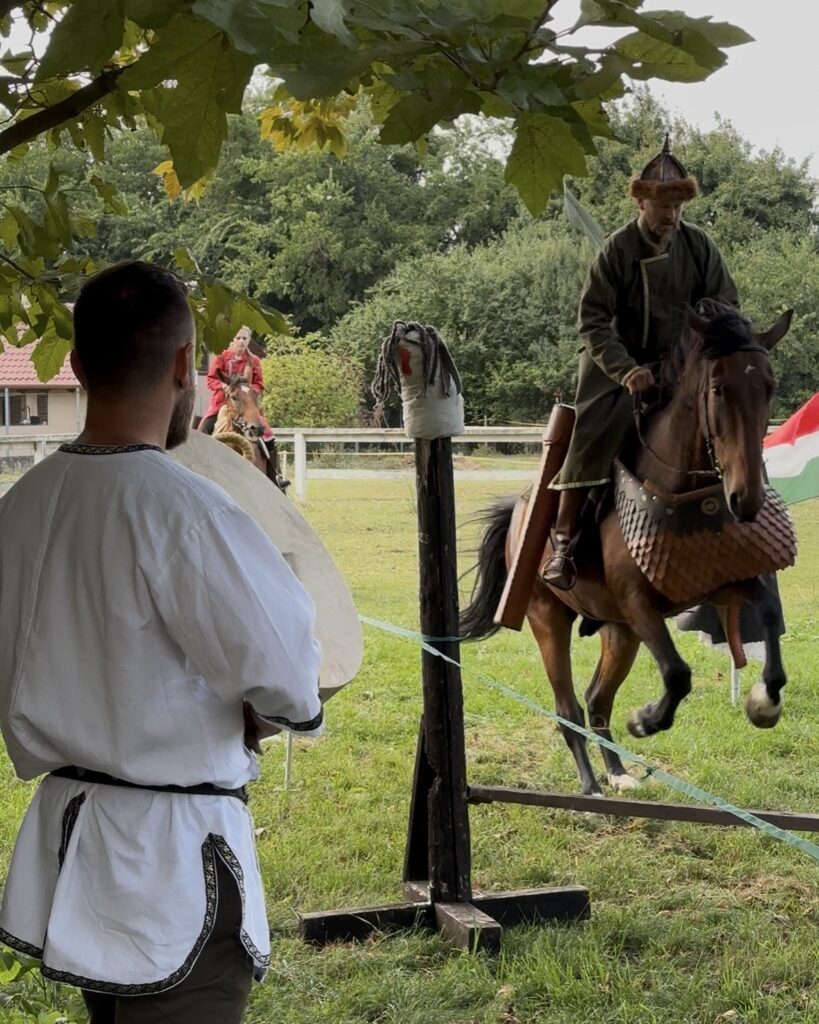
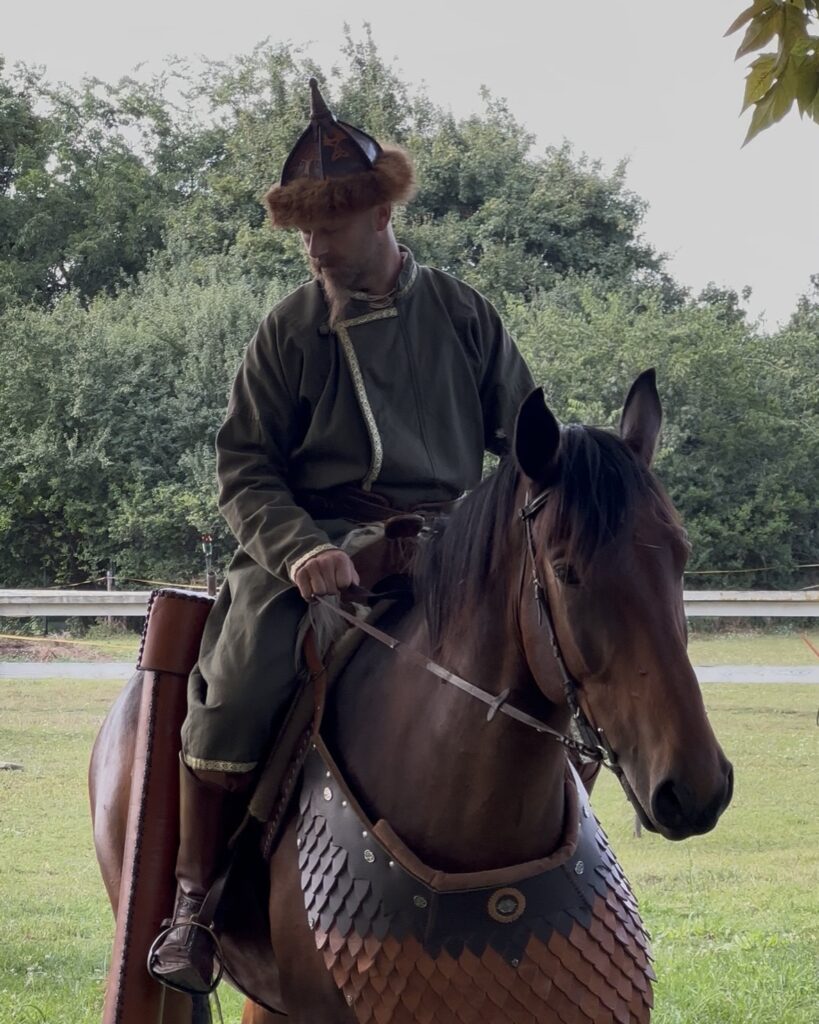
The mounted archery demonstration of Upper Hungary’s Patatanya has become a central feature of the Perbenyik St Stephen Days. Combining horsemanship, concentration and harmony with movement, mounted archery revives a martial tradition of the Hungarian tribes. Lajos Kassai, a leading figure in the discipline, was recently awarded the Lancea Regis in Esztergom for his contribution to preserving and promoting Hungarian national heritage and spiritual cultural values.
‘Combining horsemanship, concentration and harmony with movement, mounted archery revives a martial tradition of the Hungarian tribes’
By connecting historical roots, pre-Christian customs and modern cultural practices, the Perbenyik St Stephen Days serve as a living bridge between Hungary’s past and present. Although Upper Hungary is now part of Slovakia, the festival reflects enduring national identity and the cultural unity of Hungarians across borders.
Related articles:


